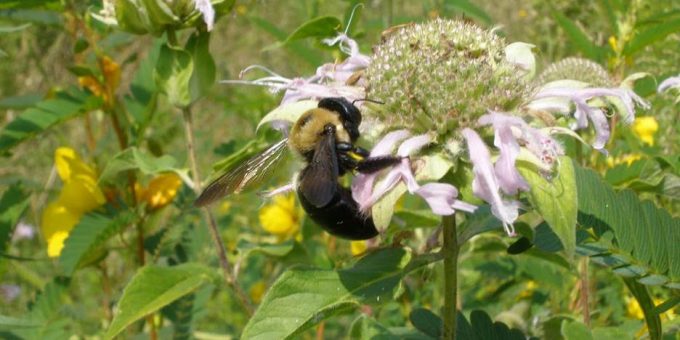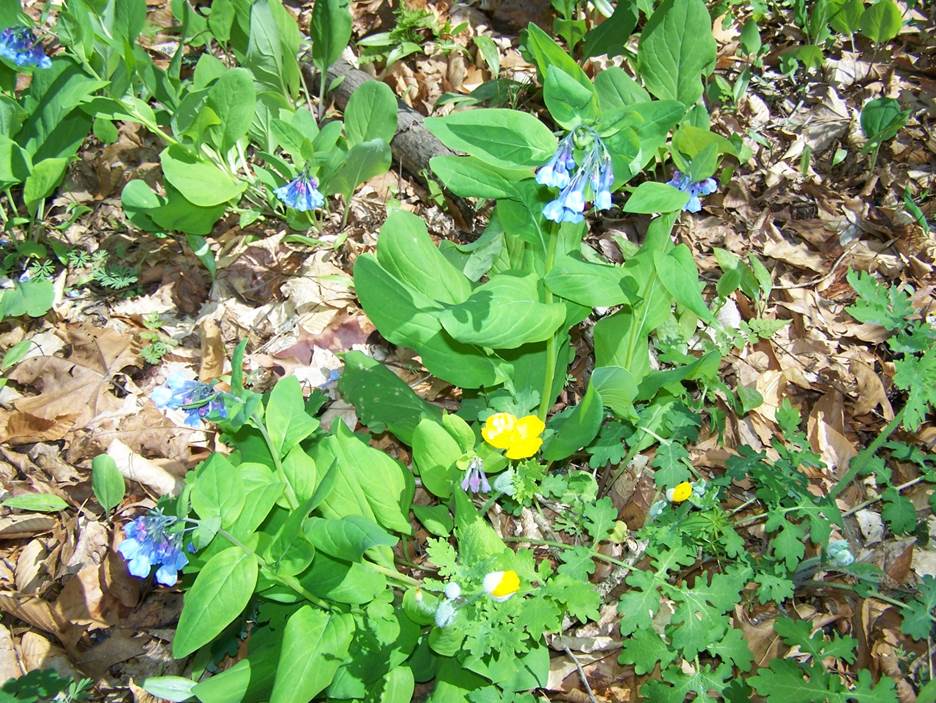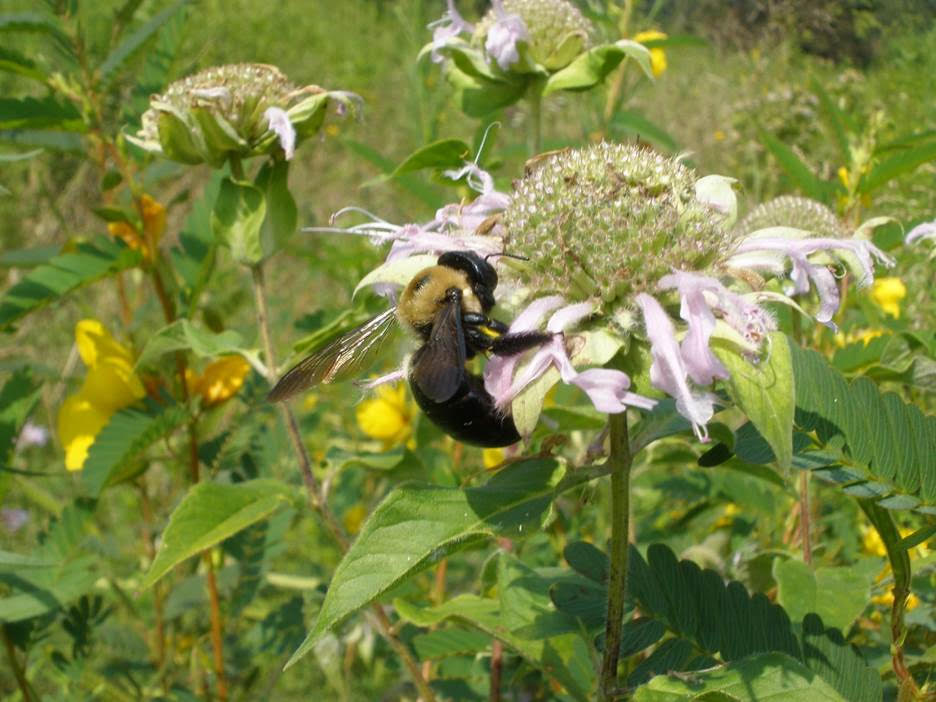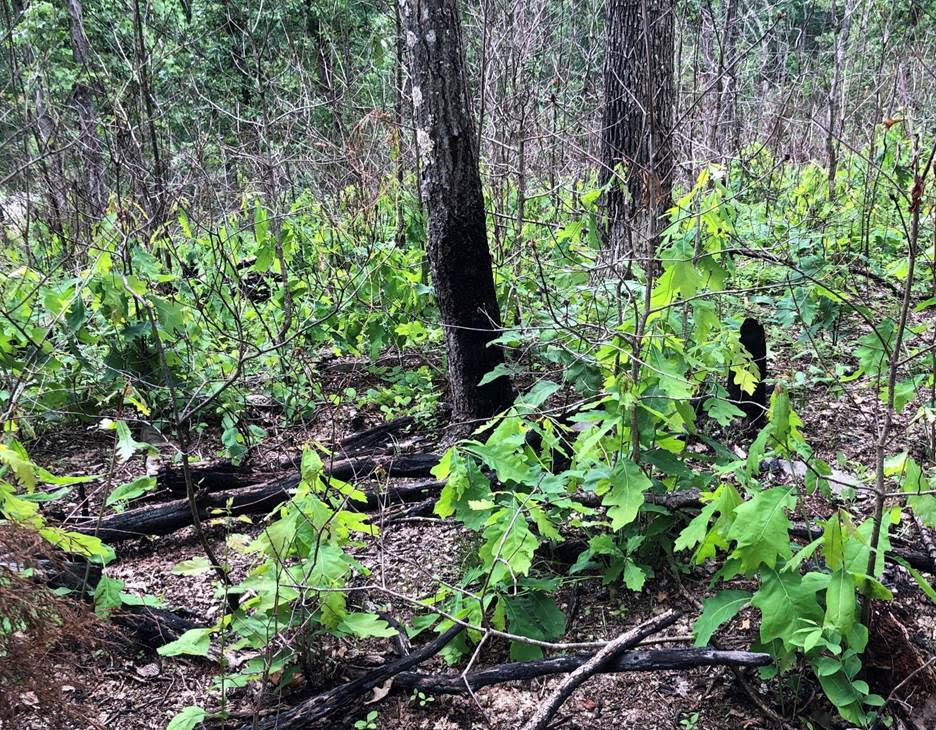
BEDFORD – On March 25, Senate Resolution 109 was passed, which designated April of 2021 the first National Native Plant Month.
The resolution recognizes “the benefits of native plants to the environment and economy of the United States.”

More than 17,000 plants are native to the United States and each fills an important role it its ecosystem. Our rich diversity of native flora contributes to overall biodiversity, making ecosystems more resilient, which becomes increasingly important with the variable effects of a changing climate.
The importance of native plants to wildlife cannot be overstated. Plants provide the base of the food web. Some wildlife depend on them directly for food, like herbivores such as insects, rabbits,deer and caterpillars. Others, such as songbirds, have an indirect relationship, getting their food from the insects that feed on the plants. Songbirds also seek shelter and nesting areas in the foliage. While all wildlife depend on plants, pollinators are the most dependent on native flowering plants, relying on pollen or nectar for their survival as adults, while many of their caterpillars feed on leaves.

Native Indiana pollinators include many species of bees, butterflies, moths, beetles, flies and hummingbirds. Native plants rely on pollinators for seed production. We rely on pollinators, too, as many of them also pollinate our food crops. Therefore, it’s important to provide them with native plants in our landscaping and natural areas, as their numbers have been declining primarily due to habitat loss.
The Hoosier National Forest manages 204,000 acres of public land, with the goal of restoring and maintaining ecosystems comprised of the native plants, shrubs, vines and trees that native wildlife co-evolved with. Examples of managing for native plants include the removal of non-native pine, the restoration of native oak-hickory ecosystems, and the establishment of a research project to determine the best method to create pollinator habitat on former log landings. Landscapes with native plants, including forests, also improve water quality, helping to slow down run-off, decrease erosion, filter water and recharge groundwater.

As yards, roadsides and even our natural areas become increasingly overrun with non-native invasive plants, it is more imperative to plant native species to support local biodiversity. Not only do native plants provide the resources needed by native wildlife and pollinators, they are adapted to the local soil and climate, making them some of the lowest maintenance plants for your landscape. They require little to no supplemental watering once established and will survive over the winter.
As stated by entomologist Dr. Doug Tallamy, in his book Nature’s Best Hope, “Although introduced plants can provide some ecosystem functions, there is almost always a loss in biodiversity when they are used in place of natives.”
There are many events this spring focusing on native plants, including the 36th Annual Wildflower Foray in Brown and Monroe counties. Information on where to find wildflowers on the Hoosier National Forest can be found at https://go.usa.gov/xHWpU. Information on Indiana native plants, the impacts of invasives, and where to see and purchase native plants can be found at https://indiananativeplants.org/.



